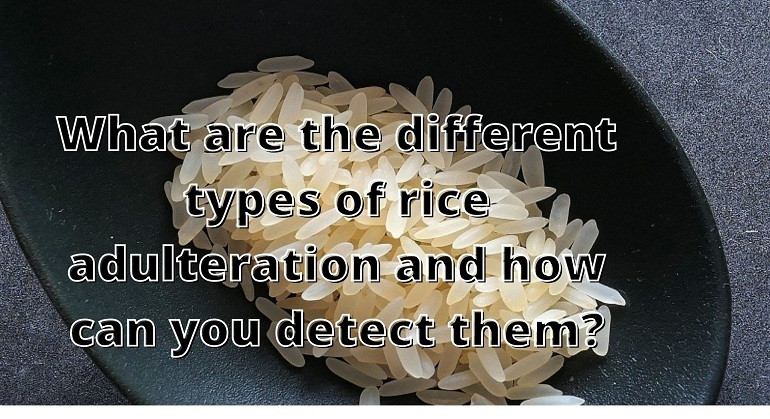

WHAT ARE DIFFERENT TYPES OF RICE ADULTERATION?
WHAT ARE DIFFERENT TYPES OF RICE ADULTERATION?
There are several types of rice adulteration.
The industry of food adulteration has expanded through time to the point where it is now necessary for governing authorities to set a rule as well as educate the public on how to detect food adulterants at home. With this in mind, the Food Safety and Standards Authority of India (FSSAI) has launched a Twitter campaign named #DetectingFoodAdulterants. Every week, they publish a fast test that you may use to see if your food is contaminated. They revealed the results of the adulteration test in Sella Rice this week. Everything you need to know about rice adulteration is right here.
Adulteration of rice
Adulteration in rice is likely to occur either accidentally or deliberately from the time the crop is harvested until the time the grain reaches the customer. Brown rice, polished rice, rice flour, rice cake, and rice bran oil are all popular types of rice that are prone to adulteration. According to a 2017 TOI article, some players are producing plastic rice, which, according to physicians, might increase the risk of cancer by 15-20%. This tainted rice is created from potato that has been cut into the shape of rice or coated with a cheap plastic sheet.
What exactly is Sella Rice?
Sella rice is the most popular Basmati rice variety. The crop is processed by steaming it first at the paddy stage and then drying it before sending it to the milling step. This procedure is carried out in order for the rice to retain more minerals and vitamins from the original grain. The FSSAI suggests using soaked lime to test the purity of Sella rice. Soaked lime, also known as calcium hydroxide, is a colourless crystal or white powder formed by combining quicklime and water. Plaster, mortar, and limewash are all made using traditional building procedures.
Check for turmeric adulteration in Sella Rice.
Step 1:
Place some Sella rice on top of a glass plate.
2nd Step
On the rice grains, sprinkle a small bit of soaked lime, also known as chuna.
3rd step
The colour of the soaked lime on the pure rice does not alter.
4th step
The colour of the soaking lime on the contaminated rice turns red.
Adulteration of turmeric
While there is no risk in eating turmeric-coated rice, scientists say there is a chance that market players are substituting hazardous colours in place of turmeric, which could be poisonous to humans.



